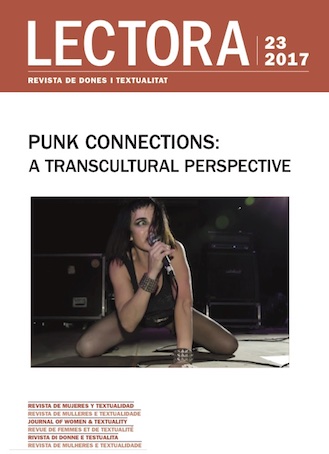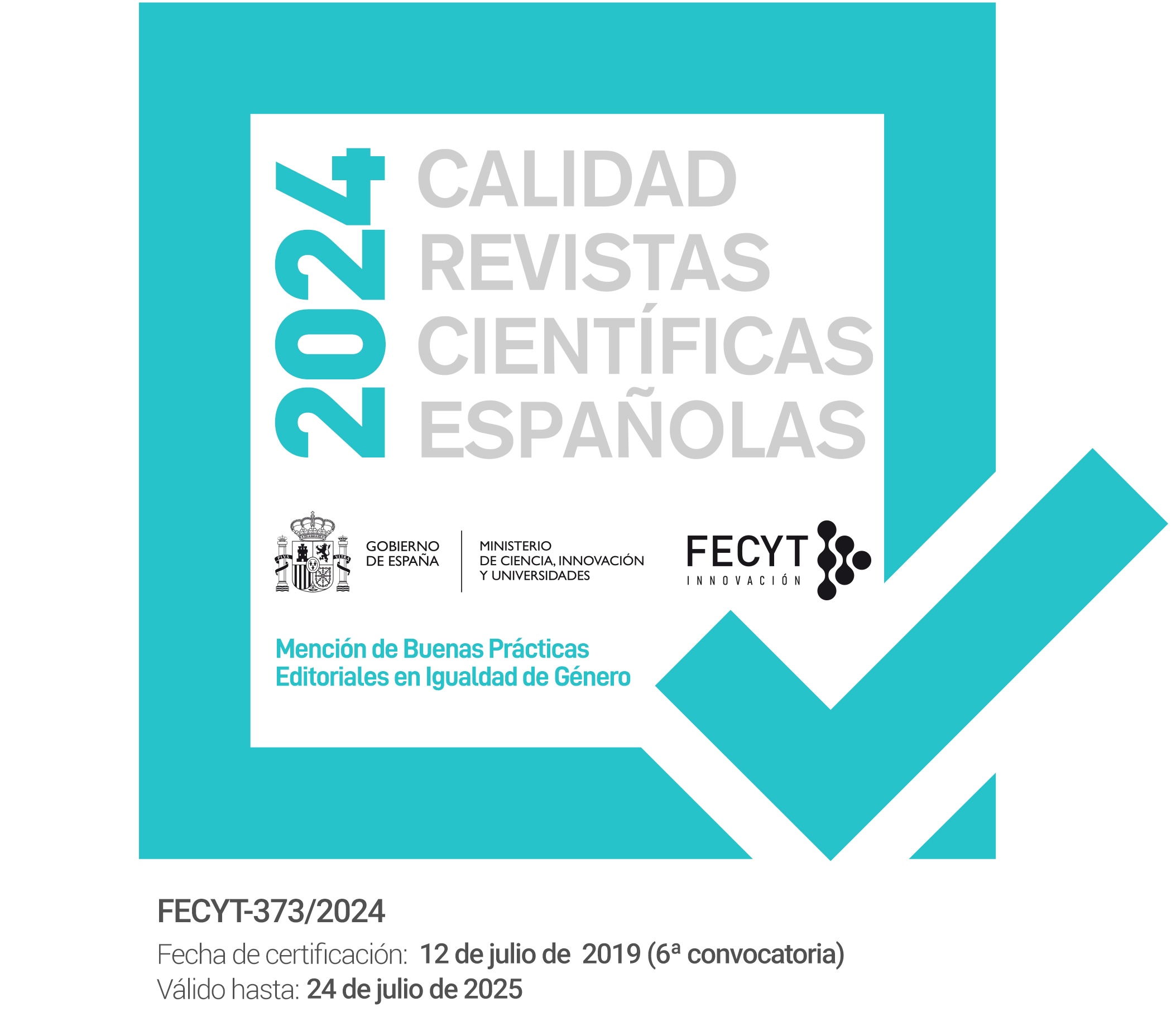Women and Punk in Spain during the Transition: Iconographic Principles of an Attitude
DOI:
https://doi.org/10.1344/Lectora2017.23.5Keywords:
punk, feminism, visual culture, subversion, Spanish TransitionAbstract
This article discusses the development of music bands fronted by women during the Spanish democratic Transition —a period characterized by the emergence of youth cultures— and how these bands were to a large extent stimulated by the effervescence of what came to be known as the punk movement. The aesthetics of punk is inspired by the artistic avant-garde of the early twentieth century, and it can also be read as a process of mimetic representation of certain iconic “fallen stars”. This study aims to explore how this legitimation takes place and how the visual culture itself and its diffusion through certain means of communication fosters a change in the visual perception, with the incorporation into postmodernity of certain marginal discourses that emerge out of the very process of sociocultural liberalization that was taking place in Spain at the time. However, the iconographic elements used by the urban subcultures and adopted by female punks in Spain gain strength not only by their visual impact but also by the attitude that they convey. The role of women within this type of mediated subversion will be decisive in a country where identity policies have not yet been legitimized and where a new social context is being articulated, laying the foundations of the feminist attitude. From this point of view, the rebellious attitude adopted by the punk movement will not only imply a strategy of disruption in face of the then-prevailing conventions in the systems of visual representation, but it will also imply a radical change in the formation of feminist discourse as the basis of integration in contemporary society.
References
Adrio, Manuel (1977), "El movimiento Punk aterroriza a Londres", ABC, 18/09/1977: 29.
Albertine, Viv (2017), Ropa, música, chicos, Barcelona, Anagrama.
Calabrese, Omar (1994), La era neobarroca, Madrid, Cátedra Signo e Imagen. [1987]
Cervera, Rafa (2002), Alaska y otras historias de la Movida, Madrid, Plaza & Janés.
Costa, Pere-Oriol, José Manuel Pérez-Tornero y Fabio Tropea (1996), Tribus urbanas. El ansia de identidad juvenil: entre el culto a la imagen y la autoafirmación a través de la violencia, Barcelona, Paidós.
González Lezana, Tomás (2016), Guía incompleta del punk nacional, Madrid, Lafonoteca.
Hall, Stuart (ed.) (1997), Representations. Cultural Representations and Signifying Practices, Londres, Sage Publications.
Marcus, Greil (1999), Rastros de carmín. Una historia secreta del siglo xx, Barcelona, Anagrama.
Ordovás, Jesús (2016), Esto no es Hawaii. Historia oculta de la movida, Madrid, Efe Eme.
FILMOGRAFÍA
Rioboo, Francisco (1977), "Dossier: el punk", Informe Semanal [reportaje].
Downloads
Published
How to Cite
Issue
Section
License
The Author retains ownership of the copyright in this article and grants Lectora: revista de dones i textualitat the rights to print publication of the Article. The work will be available under a Creative Commons Attribution-Noncommercial-No Derivative Works license, by which the article must be credited to the Author and the Journal be credited as first place of publication.
The Author is free to enter in seperate, additional contractual agreements for the non-exclusive distribution of the work as published in this journal (such as institutional repositories or a book), as long as the original publication in Lectora is credited.
The Author is encouraged to post the work online (eg in institutional or thematic repositories, or in their website), as it can lead to productive exchanges as well as to a greater citation of the published work (see The Effect of Open Access).




